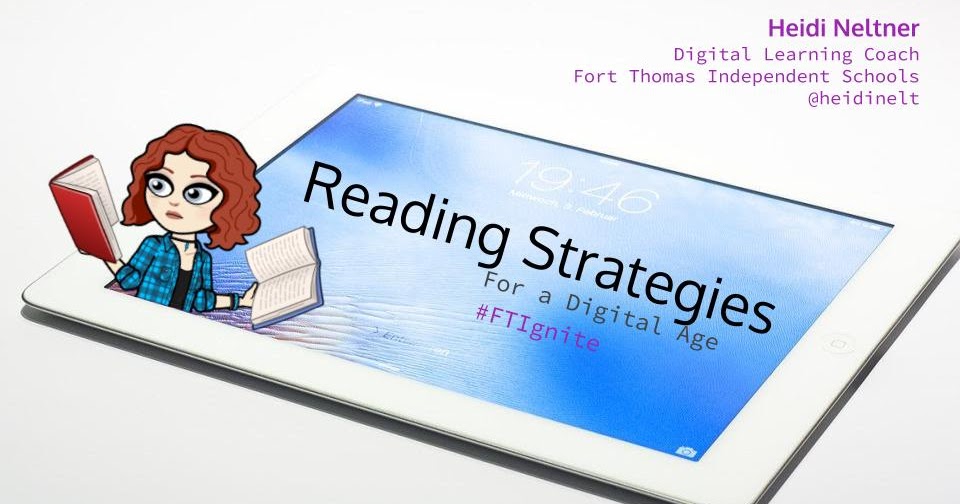Growing Readers, Growing LEADers
JCPS Librarians 2022 Summer Academy
Get a forced copy of the presentation slides here
Reader's Toolkit - Graphic Organizers aligned to KAS Reading Standards
Additional Presentations and Resources
Research
"Middle-schoolers' reading and processing depth in response to digital and print media: An N400 study." Life Science Weekly, 19 Sept. 2023, p. 2083. Gale OneFile: Health and Medicine, link.gale.com/apps/doc/A765609116/HRCA?u=anon~b835e76b&sid=sitemap&xid=e8efa8d3. Accessed 6 Feb. 2024.
Abstract
N2 - We report the first use of ERP measures to identify text engagement differences when reading digitally or in print. Depth of semantic encoding is key for reading comprehension, and we predicted that deeper reading of expository texts would facilitate stronger associations with subsequently-presented related words, resulting in enhanced N400 responses to unrelated probe words and a graded attenuation of the N400 to related and moderately related words. In contrast, shallow reading would produce weaker associations between probe words and text passages, resulting in enhanced N400 responses to both moderately related and unrelated words, and an attenuated response to related words. Behavioral research has shown deeper semantic encoding of text from paper than from a screen. Hence, we predicted that the N400 would index deeper reading of text passages that were presented in print, and shallower reading of texts presented digitally.
Middle-school students ( n = 59) read passages in digital and print formats and high-density EEG was recorded while participants completed single-word semantic judgment tasks after each passage. Following digital text reading, the N400 response pattern anticipated for shallow reading was observed. Following print reading, the N400 response pattern expected for deeper reading was observed for related and unrelated words, although mean amplitude differences between related and moderately related probe words did not reach significance. These findings provide evidence of differences in brain responses to texts presented in print and digital media, including deeper semantic encoding for print than digital texts.
"...in the end, it is the student asking meaningful questions and searching for answers within the text that will make the difference"
Juliane, Suzanne. "Digital Texts and Reading Strategies". ACRL. Spring 2018
Digital Text and Reading Strategies - article by Suzanne Juliane
#BookSnap & Variations
The genius behind the #BookSnap Concept - blog post by Tara M. Martin
Use Clips to allow students to create animated BookSnaps that include voice over.
Students can create BookSnaps in Instagram and attach music and gifs that connects to the message of the text. They can also tag people in their InstaSnap.
